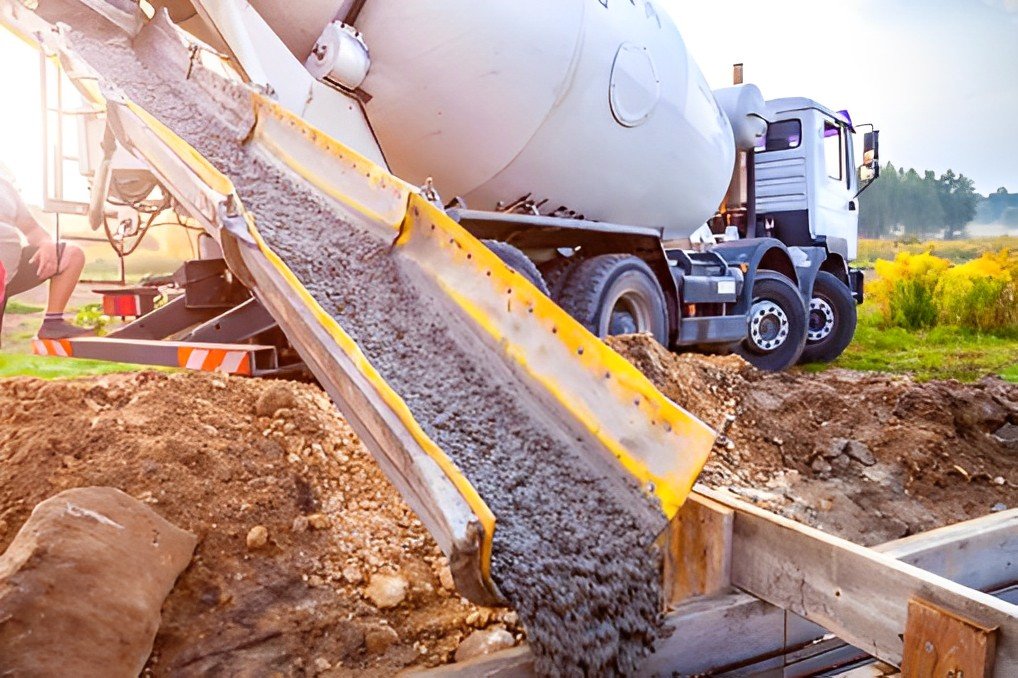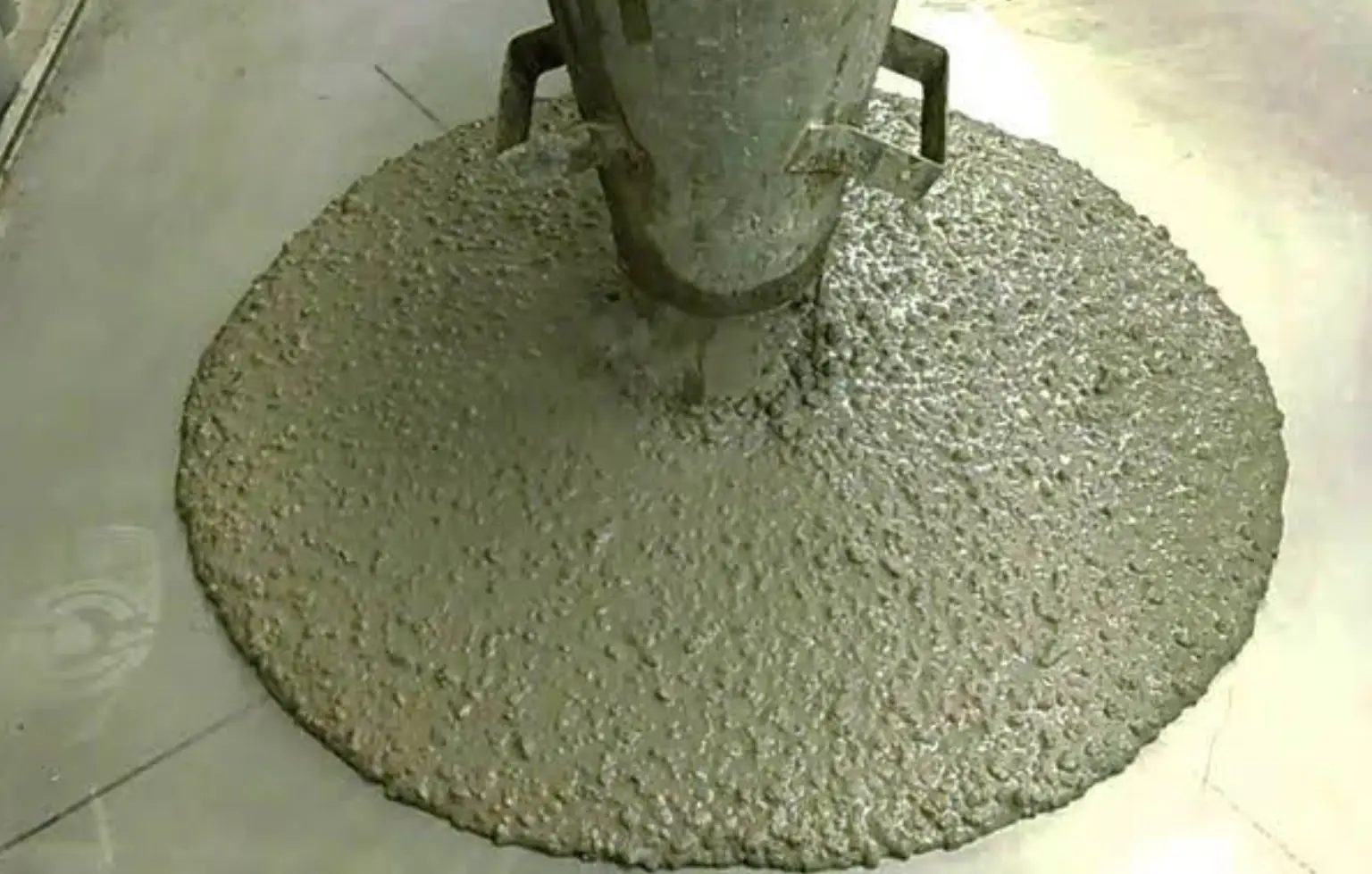
To obtain a concrete sample that accurately reflects the properties of the entire batch.
Sampling concrete in accordance with AS 1012.1 ensures the integrity of the concrete testing process, which is vital for maintaining quality in construction projects.
Adhering to these guidelines helps produce reliable results that reflect the true characteristics of the concrete being used.

To determine the slump (or consistency) of fresh concrete, which indicates its workability.
Conducting the slump test in accordance with AS 1012.3.1 provides vital information about the workability of the concrete mix, helping to ensure quality and performance in construction applications.

To determine the spread or flow of fresh concrete, which indicates its workability and suitability for placement.
The spread test is crucial for ensuring that concrete mixes, especially self-consolidating types, can flow and fill forms properly without the need for vibration or excessive manipulation. This helps in achieving good density and durability in the final product.
Regular testing in accordance with AS 1012.3.5 helps maintain quality control and compliance with project specifications.

To determine the compressive strength of hardened concrete.
Conducting compressive strength tests in accordance with AS 1012.8.1 is crucial for verifying the structural integrity of concrete in construction , ensuring that it meets the required performance criteria.
Regular testing helps in quality control and compliance with standards.
© 2024. OLYMPOS CONCRETE TESTING.